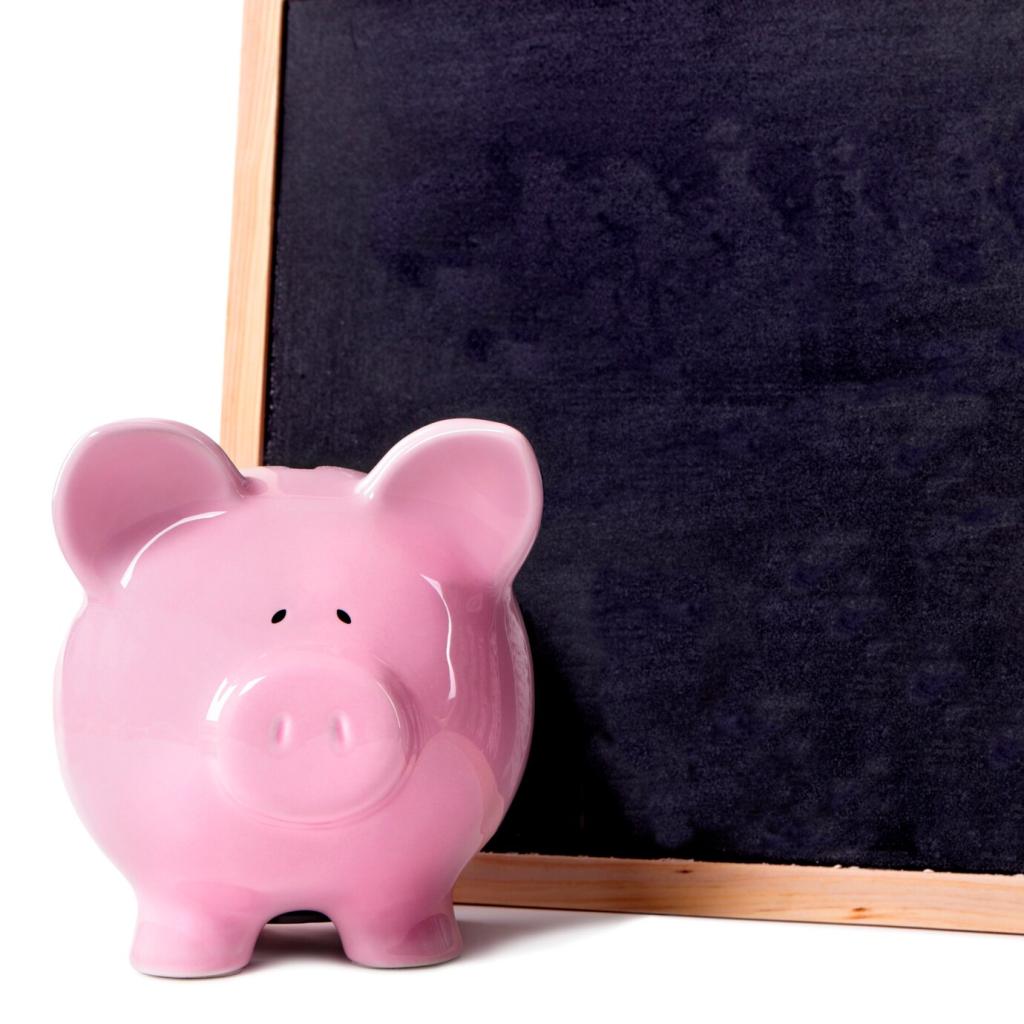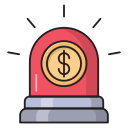
Jumpstart Your Emergency Savings: A How-To
Chosen theme: Jumpstart Your Emergency Savings: A How-To. Start here to build a reliable cushion fast with clear steps, relatable stories, and practical momentum. Subscribe for weekly nudges, share your starting goal, and check back to celebrate every milestone.
Why Your Safety Net Matters Today
Two bills hit me the same week: a surprise vet visit and a flat tire. With no cushion, I juggled cards and stress. Months later, the fund handled a leak calmly. That contrast still motivates me.
Find Your First Emergency Number
Build a micro-goal ladder
Start with $500, then $1,000, then one month of essentials. Each rung earns a mini celebration and renewed momentum. Write your ladder in notes and comment which rung you’ll reach in the next 30 days.
Map a minimum viable month
List bare-bones essentials: rent, utilities, insurance, groceries, transport, medication. Ignore dining out and extras. Total that number for one month, then multiply by three to six. Screenshot your baseline so every transfer feels meaningfully targeted.
Choose a target that fits your life
Salaried stability might aim for three months; freelancers, caregivers, or single-income households may want six to nine. Doesn’t matter where you start—pick a number today. Drop your start and target numbers so we can cheer you on.
Speed-Boost Tactics to Pile Cash Quickly
Set a transfer on payday—same day, same amount—into a separate high-yield account. Name it Emergency Fund so it feels non-negotiable. Start small if needed, then increase quarterly. Reply “done” when automation is live and working.




Park Your Fund Safely and Accessibly
Use an FDIC- or NCUA-insured high-yield savings account for better interest and clear separation from spending. Avoid investment volatility for this specific goal. Compare APYs, fees, and transfer times, then tell us the winner you selected today.
Park Your Fund Safely and Accessibly
Consider a separate bank so transfers take a day—accessible yet less impulsive. Disable the debit card, hide the account in your budgeting app, and bookmark only the deposit page. Comment if this friction helped you keep hands off.


What counts and what doesn’t
Emergencies: job loss gap, essential medical, critical home or car repairs, necessary travel for family crises. Not emergencies: vacations, upgrades, sales. Pin this list in your notes and share your customized version to lock the commitment publicly.
The 24-hour pause rule
Before touching the fund, wait twenty-four hours and write a three-sentence justification. If it still meets your criteria, proceed. This pause stops impulse withdrawals. Comment “I’m in” if you’ll adopt the rule starting today.
Rebuild plan after a withdrawal
When you use the fund, temporarily boost your automatic transfer by a set percentage until the balance is restored. Treat it like replacing a spare tire. Outline your rebuild protocol below so future-you has a clear path.
Stay Motivated for the Long Haul

Draw a thermometer, print a habit tracker, or use a simple spreadsheet bar. Update weekly and place it somewhere you’ll notice. Visual wins fuel persistence. Post a photo of your tracker to inspire our community today.
